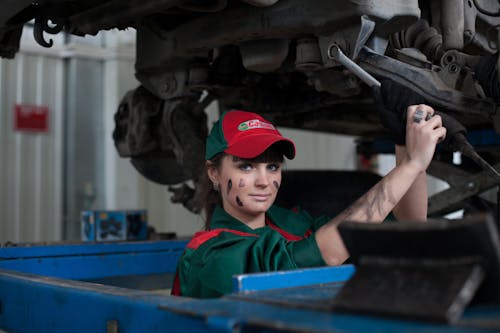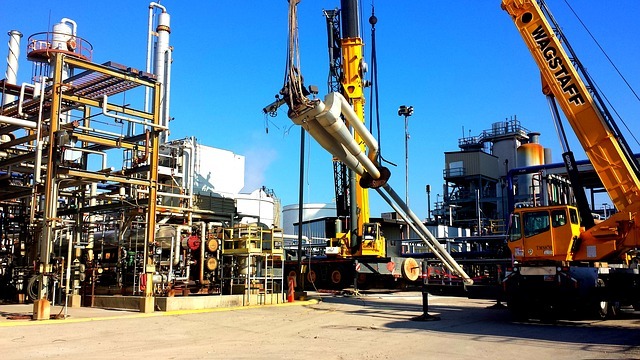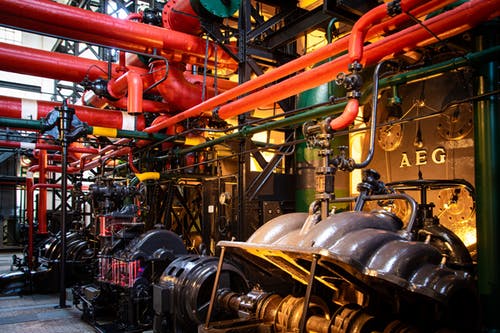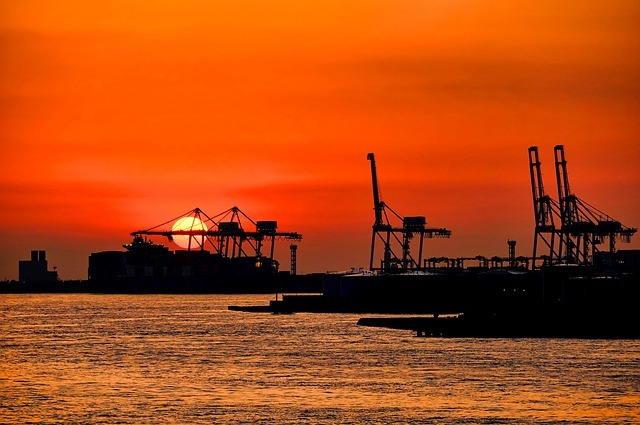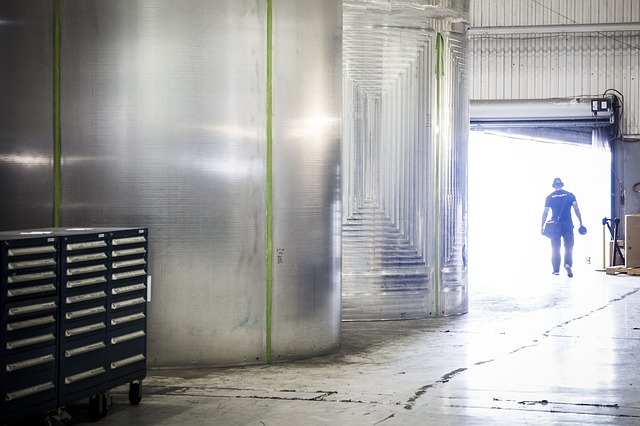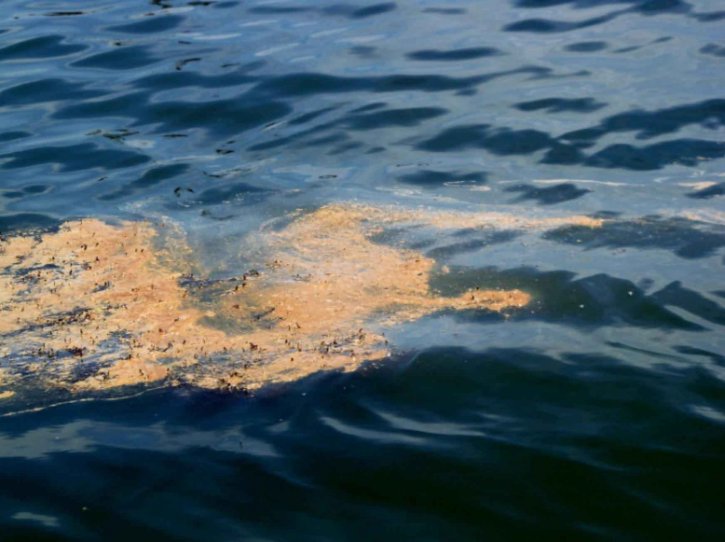Rules to Follow when Choosing Fire Cabinets
To date, firefighting devices have a large number of variations. But fire cupboards remain essential safety and security functions, and alarms seem one of the most known fires caution techniques.
Rules in Choosing Fire Cabinets
Features and Purpose
As per the fire security criteria, such cupboards gathered gateway valves should be located in any structures, despite their objective and layout features. Along with public buildings, stainless-steel fire closets are commonly installed in residential facilities; however, various requirements are given.
The manufacturing variety of fire cupboards and the fundamental ways of battling fire consist of unique alarm systems, tools, and pumps. The quantity of pumps as well as valves relies on the arrangement. The fire cabinet is one of the non-standard alternatives, yet it is usually used reasonably.
There is likewise a fire pump control cabinet where special variabilities of fire combating devices are situated, which are accountable for regulating the tools.
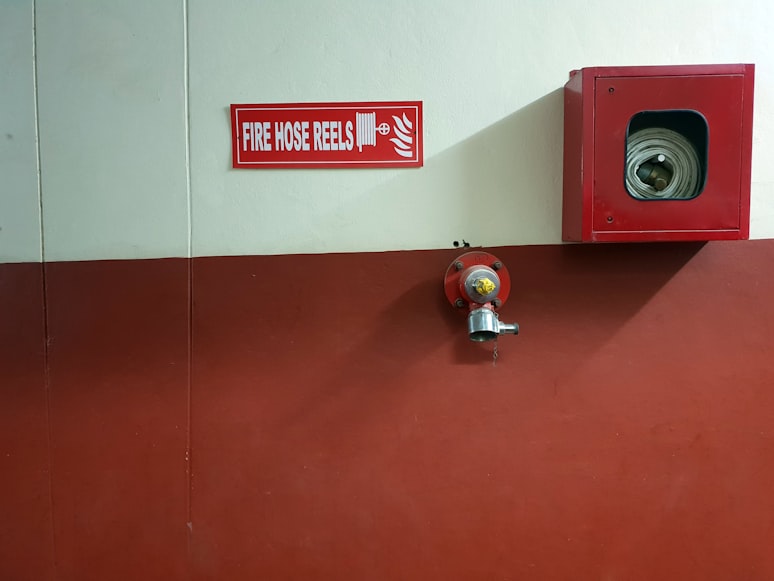
Variety
There are numerous groups of fire cupboards at once, which could vary by specifications. For beginners, this is a suitable material for an installed encased facility. The competencies that stainless closets can provide for firefighters who participated in the fight against fire.
One more significant parameter that differentiates between fire cupboards made of stainless steel is the installment technique. The efficacy of the firefighting, along with its convenience of use, depends on it, since the moment called for to access the equipment differs considerably from the method and place.
Placement
A shut steel cupboard can be placed simultaneously in numerous means, the option that depends on the range. The installed type is most common. The pivoted variety is installed on the walls with special fasteners that guarantee fast access to the materials of the cupboard in case of an emergency situation.
The attached designs are commonly positioned near the wall surfaces of the area, in specific niches. Their main distinction from the built-in and placed analogs is the capability to install with a concentrate on the floor, which dramatically broadens the possibility of their application.
Kind of Fire Extinguisher
The existence of which is supplied by some cupboards can use different substances to snuff out a fire. Hand-operated fire extinguishers, often called portable, weigh approximately 20 kg and also, like various other firefighting tools, lie in cabinets.
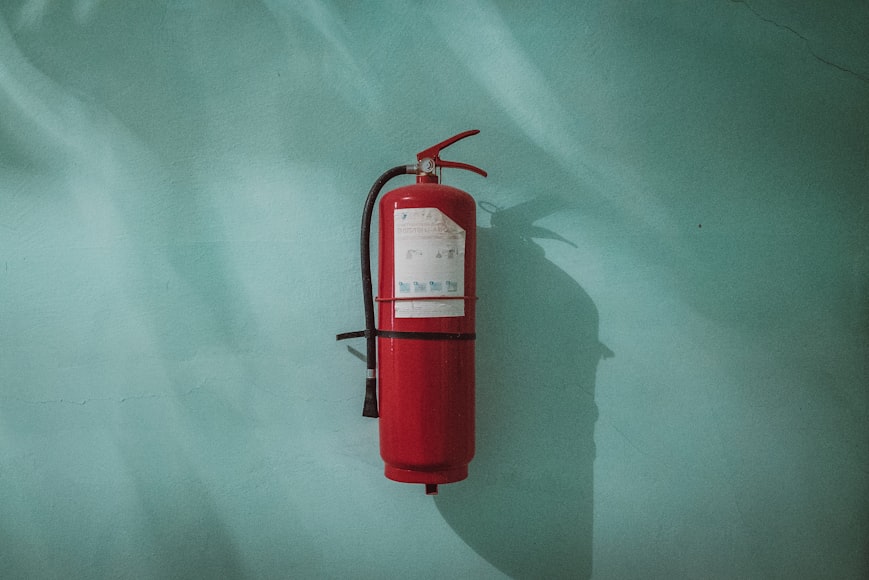
The color of the steel product does not have to be red. Also, according to the demands, the PS noting is used on a white history in red letters. Various other parameters of the closet’s appearance are not controlled, which permits using white or any different color that is various from the approved requirements.
Kind of Door
The style of the door could vary dramatically, relying on the adjustment of the product, which significantly influences the convenience in operation and effectiveness.
Blind doors are much less usual, as they are less hassle-free. The failure to see the components is partly made up by the info published or published on the details contained in it. Locking gadgets, generally, are easy and trustworthy, and securing tools does not prevent them from opening up promptly.
To assure the high performance of fire cabinets in case of fire, you will undoubtedly need to be in charge of the selection of products. When planning to purchase a metal closet, you must initially consider the problems in which you plan to position it and its dimension.
Rules to Follow when Choosing Fire Cabinets Read More »



